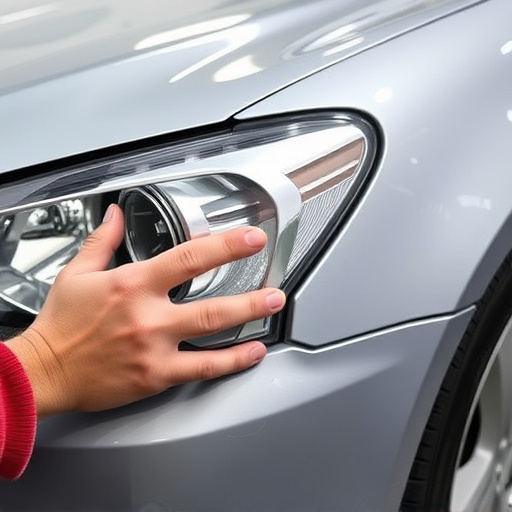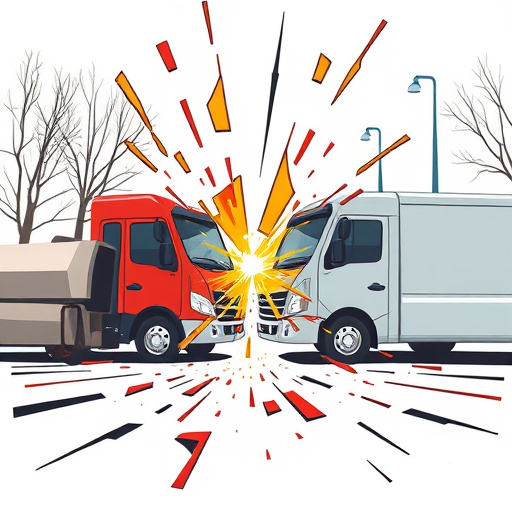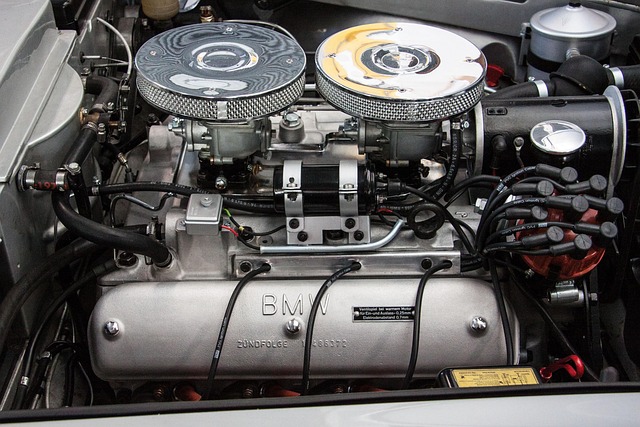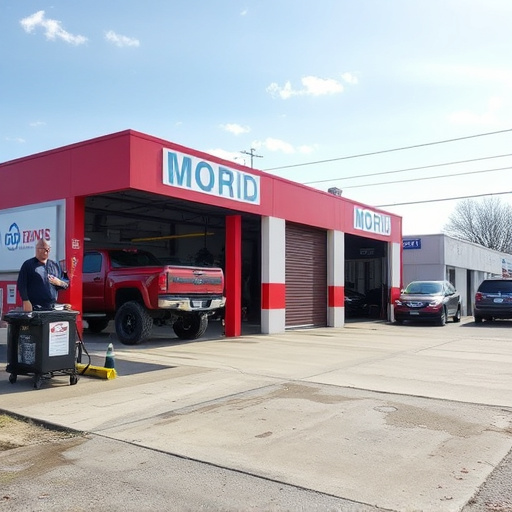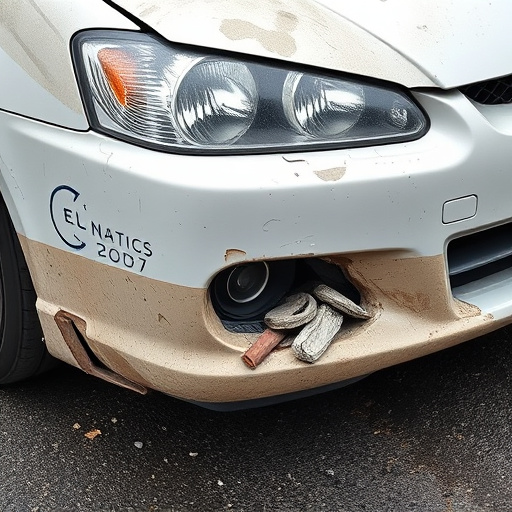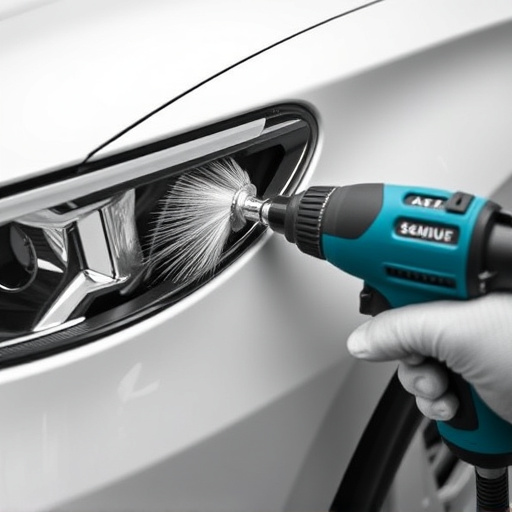After a car crash, prioritize safety, document damage with photos, assess injuries, and contact your insurer to report the incident. Gather essential info, exchange driver details, and take pictures of vehicle damages for collision insurance claims. Insurers cover repairs/replacements up to severe cases; maintain detailed records for smooth process and fair compensation.
After a car crash, it’s crucial to understand when to involve collision insurance claims. This guide navigates through the process, starting with evaluating damage and injury, ensuring all evidence is documented for your claim. We delve into the claims process, including payment methods, to help you make informed decisions. By following these steps, you can streamline the journey towards compensation for your vehicle and any resultant injuries.
- Evaluating Damage & Injury After a Crash
- Documenting Evidence for Your Claim
- Understanding the Claims Process & Payment
Evaluating Damage & Injury After a Crash
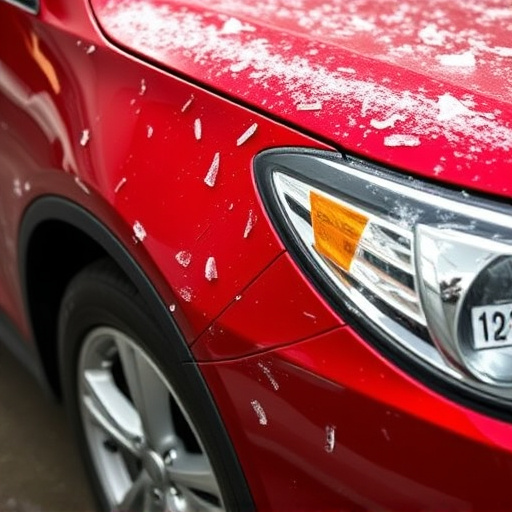
After a car crash, the initial steps involve ensuring everyone’s safety and calling for help if needed. Once the immediate danger has passed, it’s crucial to start evaluating damage and injuries. Assess your vehicle for any visible harm; this could include dents, cracks in windows, or even frame shift. Remember, some damages might not be immediately apparent, so a thorough inspection is key. Take photos of all visible repairs required – this documentation will prove invaluable during collision insurance claims.
Injury assessment should also be a priority. Even minor injuries can have significant impacts on your health down the line. If anyone involved in the crash complains of pain or discomfort, seek immediate medical attention. These details are essential for filing accurate collision insurance claims and ensuring you receive appropriate compensation from auto repair near me or an automotive body shop for both vehicle repairs, including frame straightening, and any necessary medical treatment.
Documenting Evidence for Your Claim
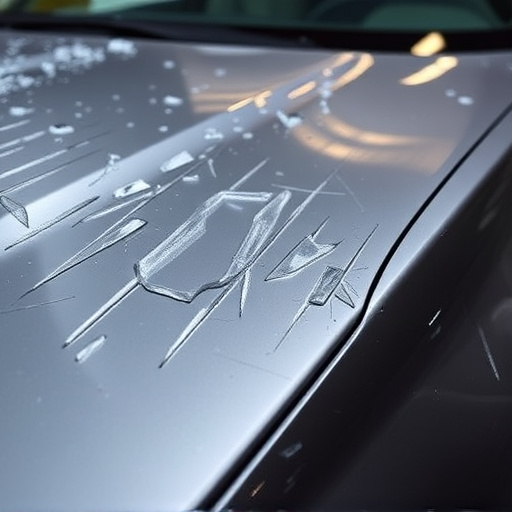
After a car crash, documenting evidence for your collision insurance claim is crucial. Take photos of the damage to both vehicles involved, including close-ups of any dents or scratches. Note down details such as the location and time of the incident, the contact information of other drivers and witnesses, and any exchange of insurance information. These records will serve as vital proof when submitting your claim.
Additionally, keep receipts for any immediate repairs or services, like car dent removal or bodywork services, as these can be used to demonstrate the extent of damage. If necessary, consider having a professional assess and document the repair needs, especially if there are complex issues that might require specialized car restoration work. This thorough documentation will enhance your collision insurance claim’s accuracy and speed up the claims process.
Understanding the Claims Process & Payment

After a car crash, understanding the claims process is crucial for ensuring smooth and fair compensation. The first step involves contacting your insurance provider to report the incident. They will guide you through gathering necessary information, including documenting damages to both vehicles, exchanging contact details with the other driver, and taking photos of the scene and vehicle injuries. This initial phase sets the foundation for your collision insurance claim.
During the claims process, it’s essential to know that insurers typically cover repairs or replacements for damaged property, including vehicle components like car paint repair or luxury vehicle repair in severe cases. In some instances, if the damage is extensive, vehicle restoration might be necessary. Your insurer will assess the damages and provide a payment estimate based on their policy terms. Keep detailed records of all communication and documentation throughout this process to ensure a smooth transition towards recovering from the financial impact of the collision.
After a car crash, navigating the process of filing a collision insurance claim is essential for ensuring proper compensation. Evaluating damage and injury, documenting relevant evidence, and understanding your rights are crucial steps in managing your claim effectively. By thoroughly assessing the situation and gathering comprehensive documentation, you can streamline the claims process, ultimately leading to faster payment and a smoother recovery. Remember, timely action and a well-documented case are key to successful collision insurance claims.
